As it's finally summertime here in the UK, this August I'm going to keep it light and for the next four weeks, bring you my summer snippets!
These are short but potent nuggets to help you with your team.
First up, a NEW way to think about empathy.
It's important to know that empathy is context-specific so you can be empathetic at home but not in the workplace, or vice-versa, depending on the culture of the environment.
These cultures shape our behaviours at every level.
In a cynical, contentious or polarised working environment, empathy starts to feel unsafe, unpopular or even counter-productive.
You see this from home to workplace to workplace as well as team to team.
Leaders Own The Upward Spiral
According to Psychologist, Jamil Zaki, Author of Building Empathy in a Fractured World, people are more empathic than they think they are.
If people have more empathetic managers, they'll feel safer to speak up without being shot down, but it also works in reverse by helping the true empathy sitting within people to come out more.
Teams can therefore either get into a vicious cycle of feeling psychologically unsafe and being less likely to express their empathy and see each others' and therefore feel even less psychologically safe.
Or mindful leaders, like you, can reverse this by creating the conditions for people to feel able to speak openly and express care for each other, thereby increasing psychological safety even more.
People who feel heard and connected to their colleagues and leaders, they'll work harder, faster and more creatively.
Lets get practical...how do leaders normalise empathic behaviour in the workplace?
Increasing The Capacity For Empathy
The first step is to know that empathy is a skill that we can build.
It doesn't require big gestures to get started - you can begin by making small changes.
But it is leaders that need to go first - they need to role model empathetic behaviour by spending more time with their teams, asking them compassionate questions and questions that get curious about them as humans more wholistically.
Centering empathy in conversations and in team recognition is another way to bring about a more empathetic culture.
This means not just appreciating individualistic behaviour, but celebrating when people have each others' back and show signs of supporting one another.
Empathy is very much at the heart of our Art After Dark sessions, making them a great way to start down the path of building a more empathetic culture.
FAQ Videos
This week I had a great time recording some short videos with videographer, Chris Dack.
I look forward to sharing them with you as they answer frequently asked questions like;
🖼️ Why art-making?
💪What are the benefits of your approach vs other team connection activities?
😬 I can’t draw! Does this matter? (no!)
🎨 Will we make a mess? (no!)
🤓 What’s your background / founder story?
Sketch 🖼️
This week I did a simple sketch of two birds coming together using one continuous line on the page.
It's not only fun to try new things but the birds mirroring each other echo the impact of empathy.
As always, stay curious!
Warm wishes,
